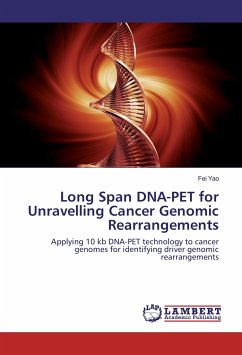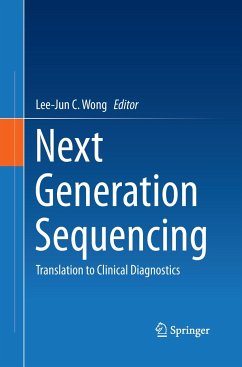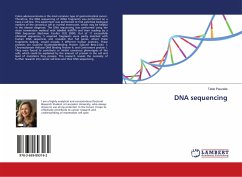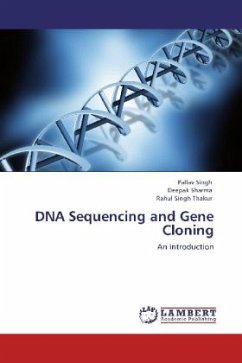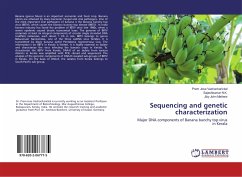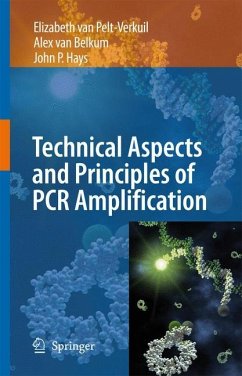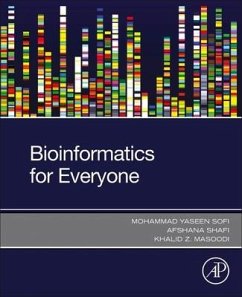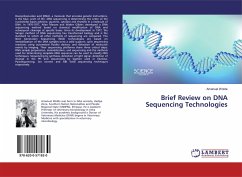
Brief Review on DNA Sequencing Technologies
Versandkostenfrei!
Versandfertig in 6-10 Tagen
27,99 €
inkl. MwSt.

PAYBACK Punkte
14 °P sammeln!
Deoxyribonucleic acid (DNA), a molecule that encodes genetic instructions, is the blue- print of life. DNA sequencing is determining the order of the nucleotides bases adenine, guanine, cytosine and thymine in a molecule of DNA. In 1976-1977, Allan Maxam and Walter Gilbert developed a DNA sequencing method based on chemical modification of DNA and subsequent cleavage at specific bases. Since its development in 1977, the Sanger method of DNA sequencing has transformed biology and is the standard to which all other methods of sequencing are compared. The Next Generation Sequencing (NGS) technolo...
Deoxyribonucleic acid (DNA), a molecule that encodes genetic instructions, is the blue- print of life. DNA sequencing is determining the order of the nucleotides bases adenine, guanine, cytosine and thymine in a molecule of DNA. In 1976-1977, Allan Maxam and Walter Gilbert developed a DNA sequencing method based on chemical modification of DNA and subsequent cleavage at specific bases. Since its development in 1977, the Sanger method of DNA sequencing has transformed biology and is the standard to which all other methods of sequencing are compared. The Next Generation Sequencing (NGS) technologies are based on immobilization of the DNA samples onto a solid support, cyclic sequencing reactions using automated fluidics devices, and detection of molecular events by imaging. Their sequencing platforms share three critical steps: DNA sample preparation, immobilization, and sequencing and the methods used for determining template DNA sequence can be used to classify NGS techniques. Sequencing by synthesis, detection of light signal, detection of change in the PH and sequencing by ligation used in Illumina, Pyrosequencing, Ion torrent and ABI Solid sequencing techniques respectively.




